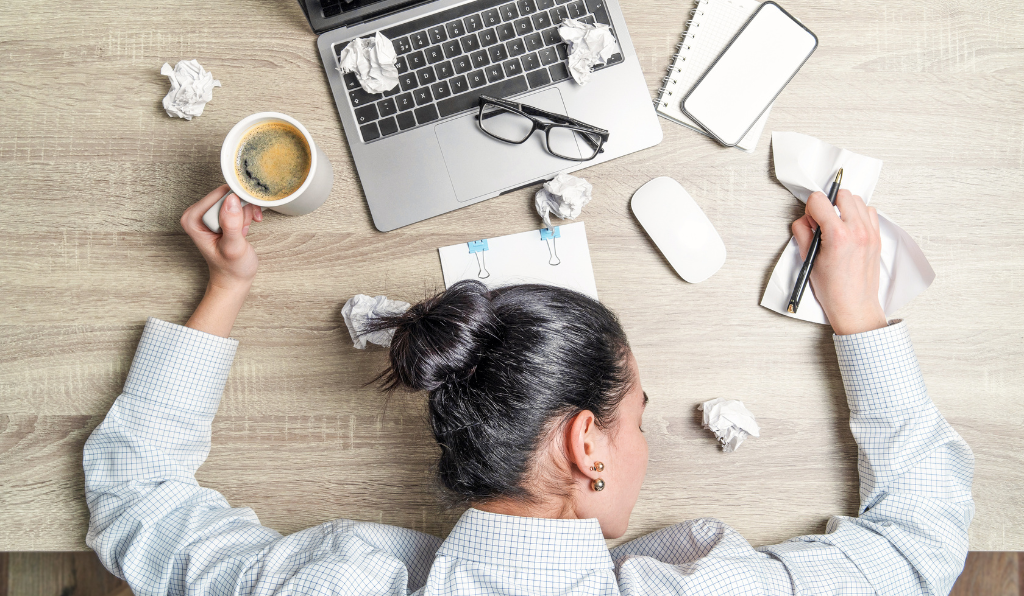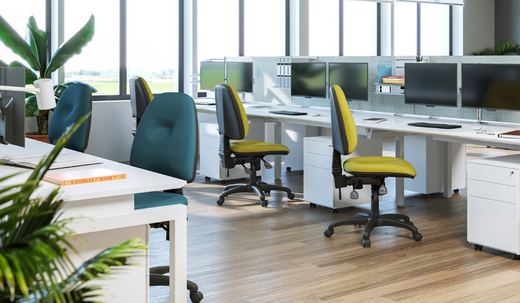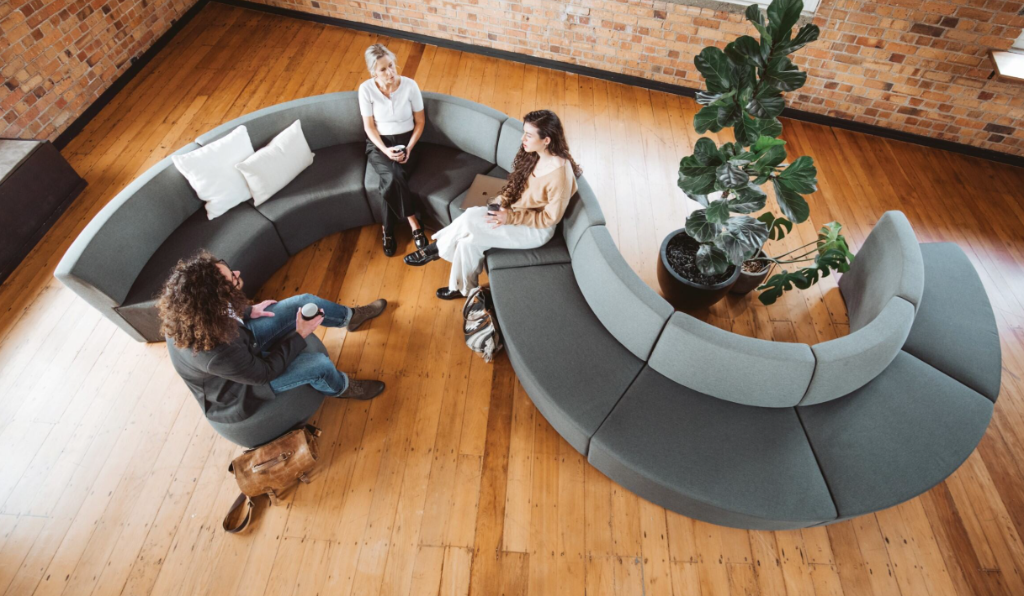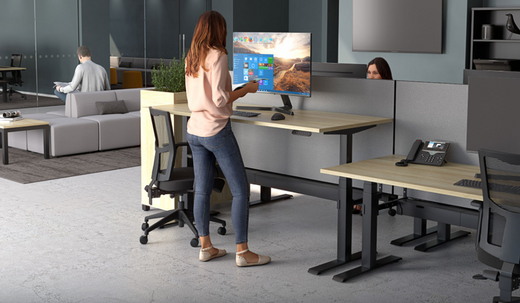News

5 Top Picks for Office Chairs in 2025
A good quality office chair is a fundamental key to productivity, comfort, and health. Whether for a home office or a high-traffic workplace, the right choice of chair can have a big impact. In 2025, the focus is on ergonomic designs. Chairs with excellent support and functionality that also look the part are IN!
- Tanya Hanrahan

Is Your Desk Impacting Your Productivity? Here’s What to Do
You’re sitting at your desk, trying to get through your to-do list, but it’s just not happening. Your back hurts. Your eyes feel strained. Your desk is a chaotic mess of papers, cables, and coffee cups. Instead of crushing your work, you’re ready to call it quits. We've all been there.
- Tanya Hanrahan
- Tags: Desk Electric Desk Ergonomics Home Office Office Desk Office Furniture Sit Stand desk

The #1 Mistake People Make When Choosing an Office Chair
So, you're sitting at your desk and trying to focus. But your back is aching and your neck feels stiff. Your productivity is diminishing by the second. You move around in your chair hoping for relief, but it’s of no use. Does this sound familiar? If so, it's likely that your office chair is to blame!
- Tanya Hanrahan
- Tags: Best Office Chair Ergonomics Office Chair Ergonomics Office Chairs

6 Team Productivity Hacks Every Manager Needs to Know
Productivity is the backbone of any successful team; when your team’s productivity soars, so can your business’s bottom line. Boosting team performance isn’t about squeezing out every last minute of work from your employees.
- Tanya Hanrahan
- Tags: Desk Electric Desk Office Chair Ergonomics Office Desk Office Furniture Sit Stand desk

5 Reasons Business Owners Are Investing in Electric Desks
Learn more about why Electric desks are changing the game in offices across New Zealand, and understand why it’s easy to see why business owners are getting on board.
- Tanya Hanrahan
- Tags: Desk Electric Desk Office Desk Office Furniture Sit Stand desk Workstation







